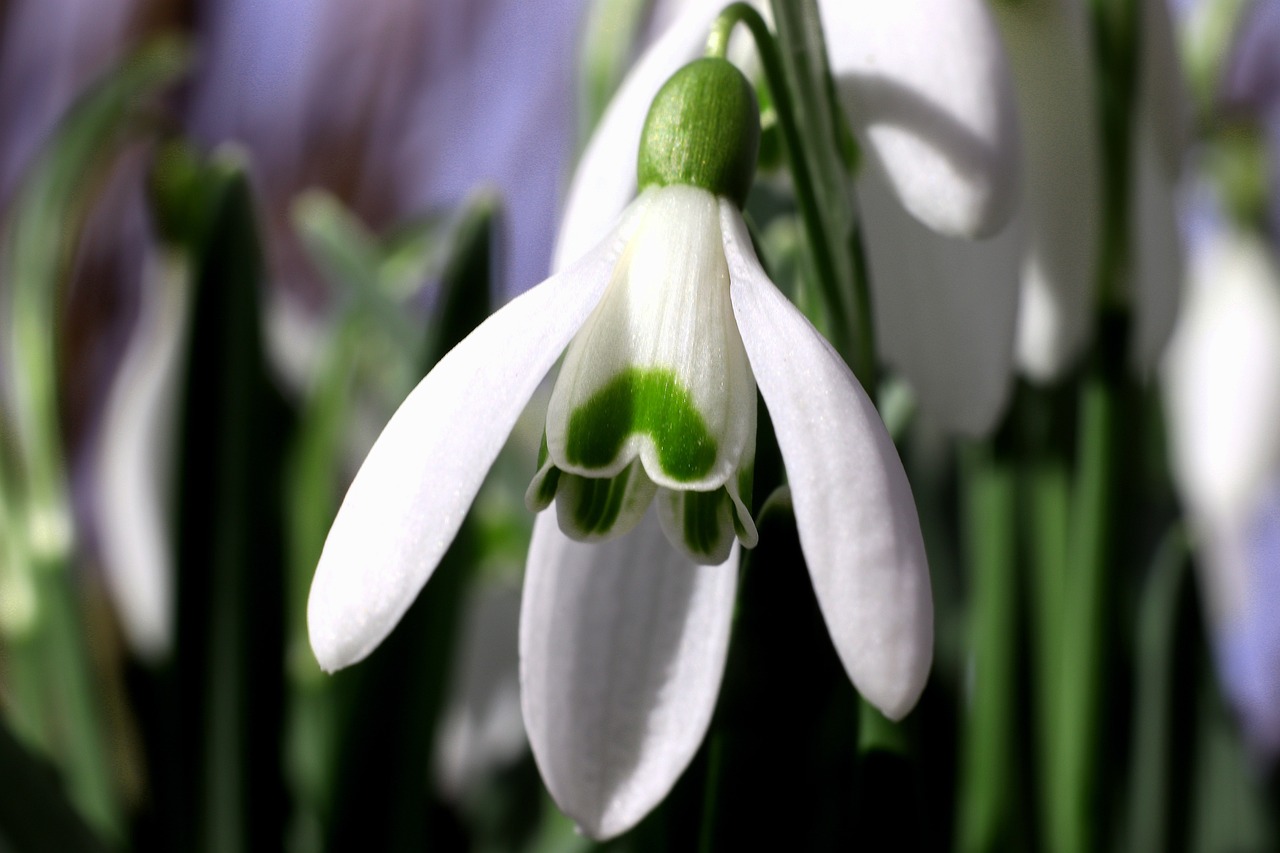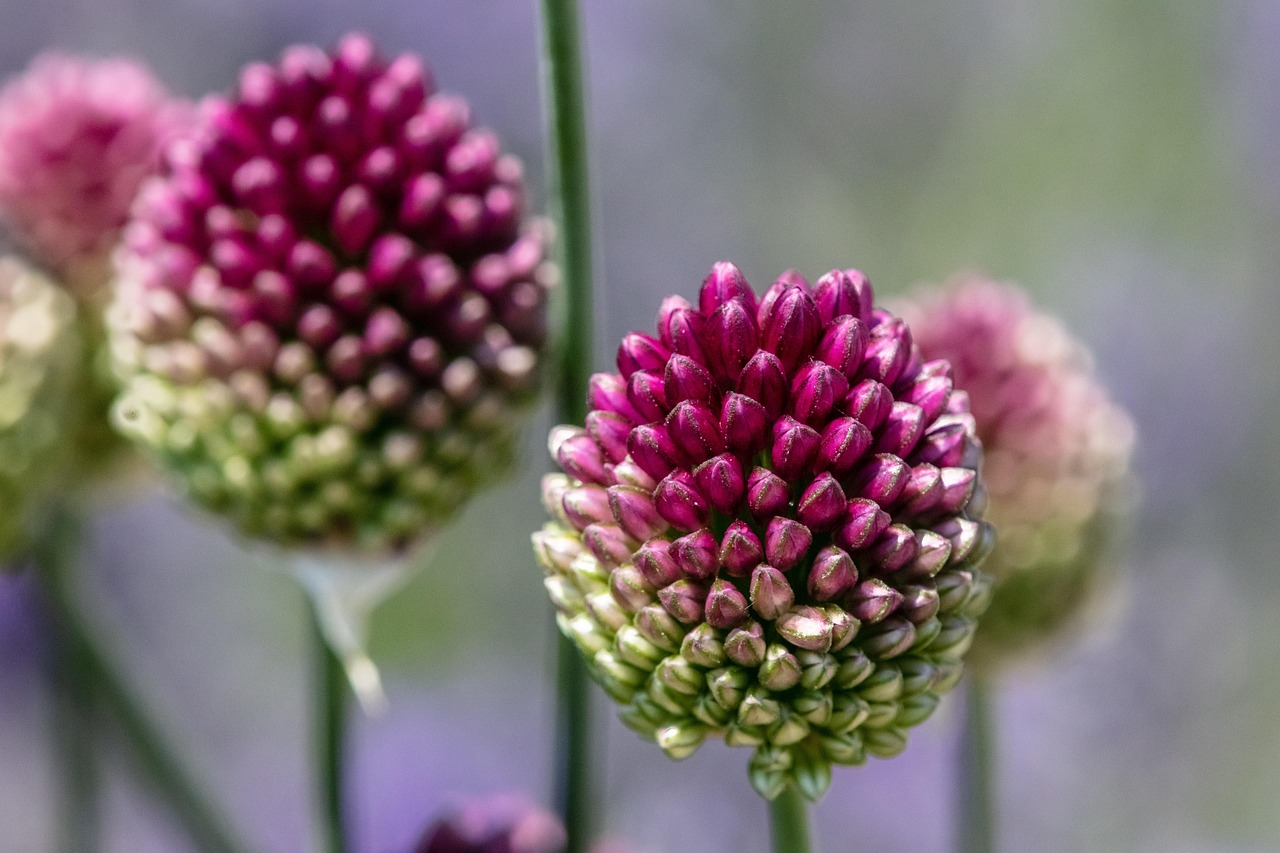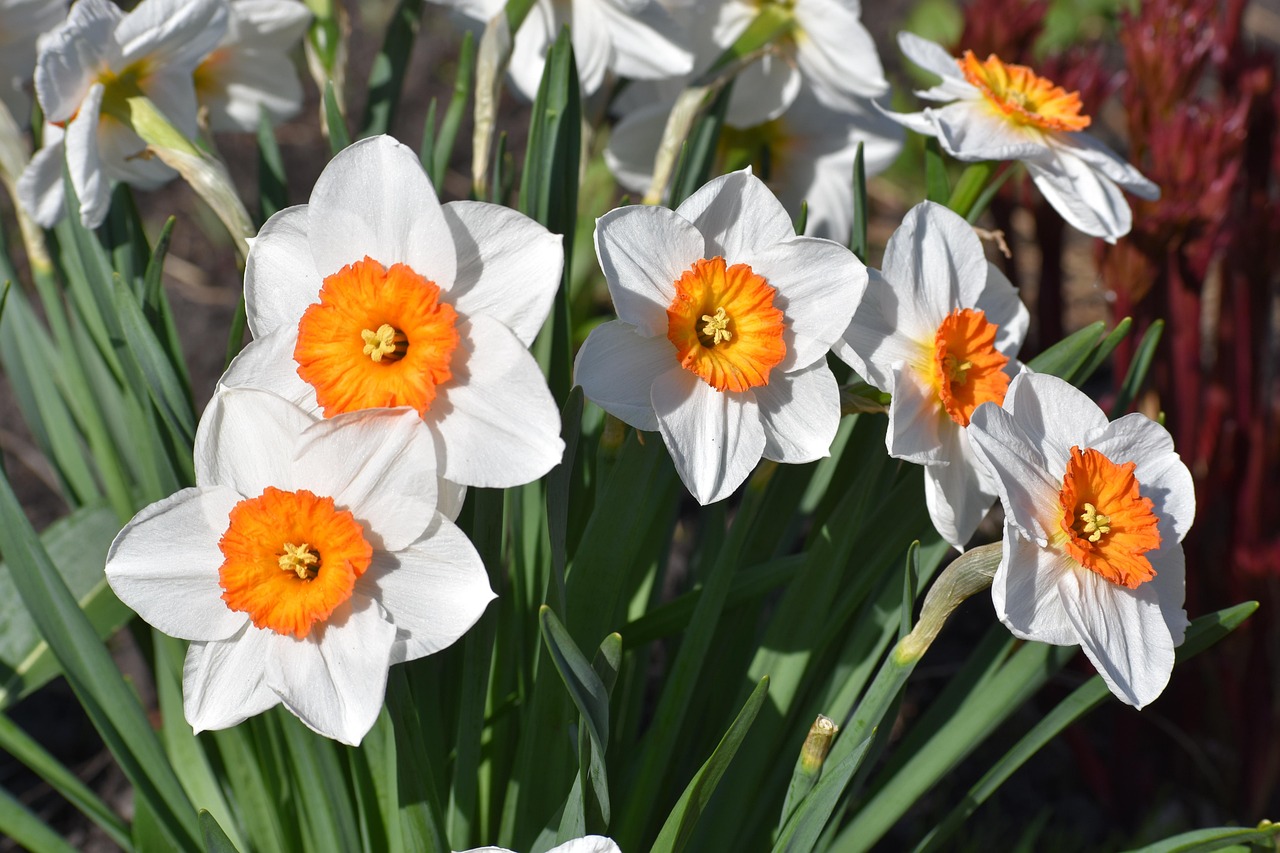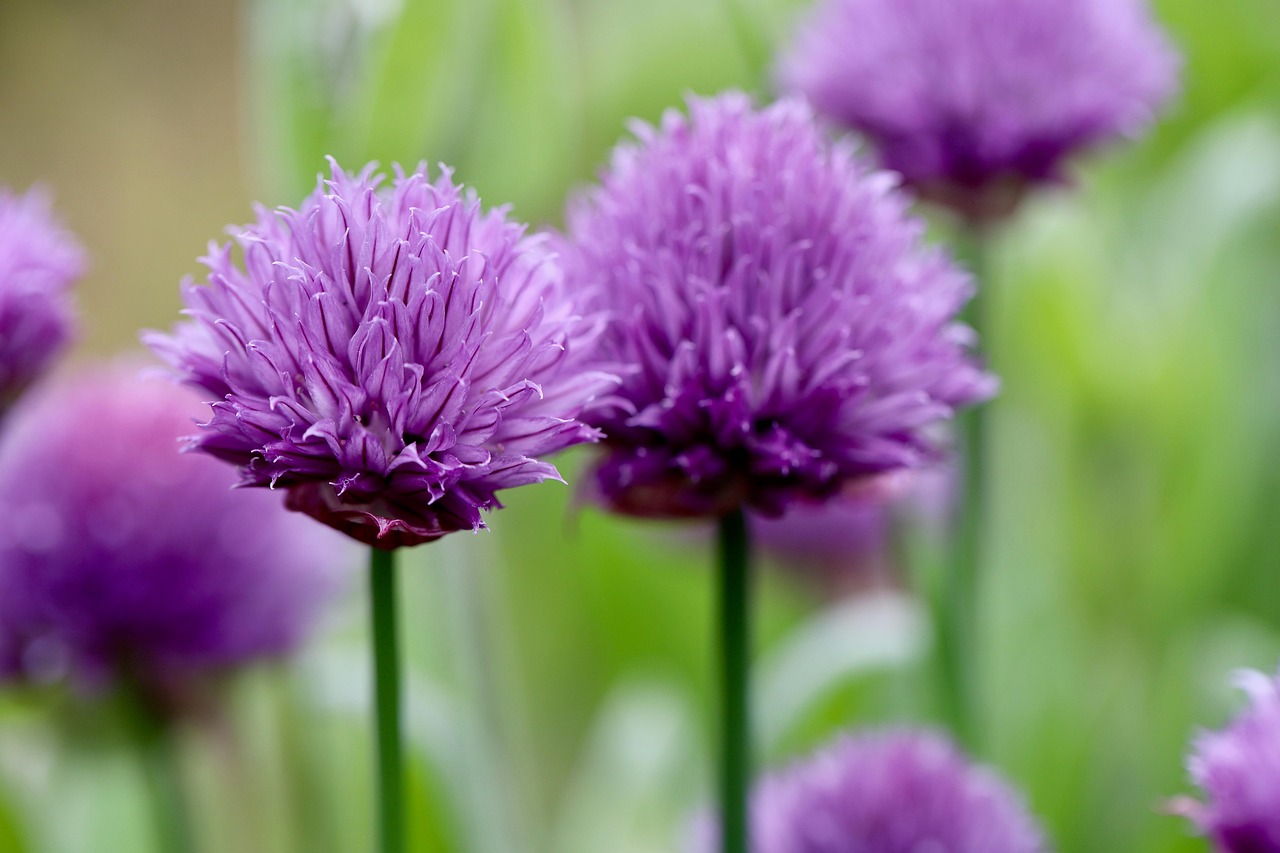Spring Starflower | A Foreign Star Introduced to Meiji Gardens
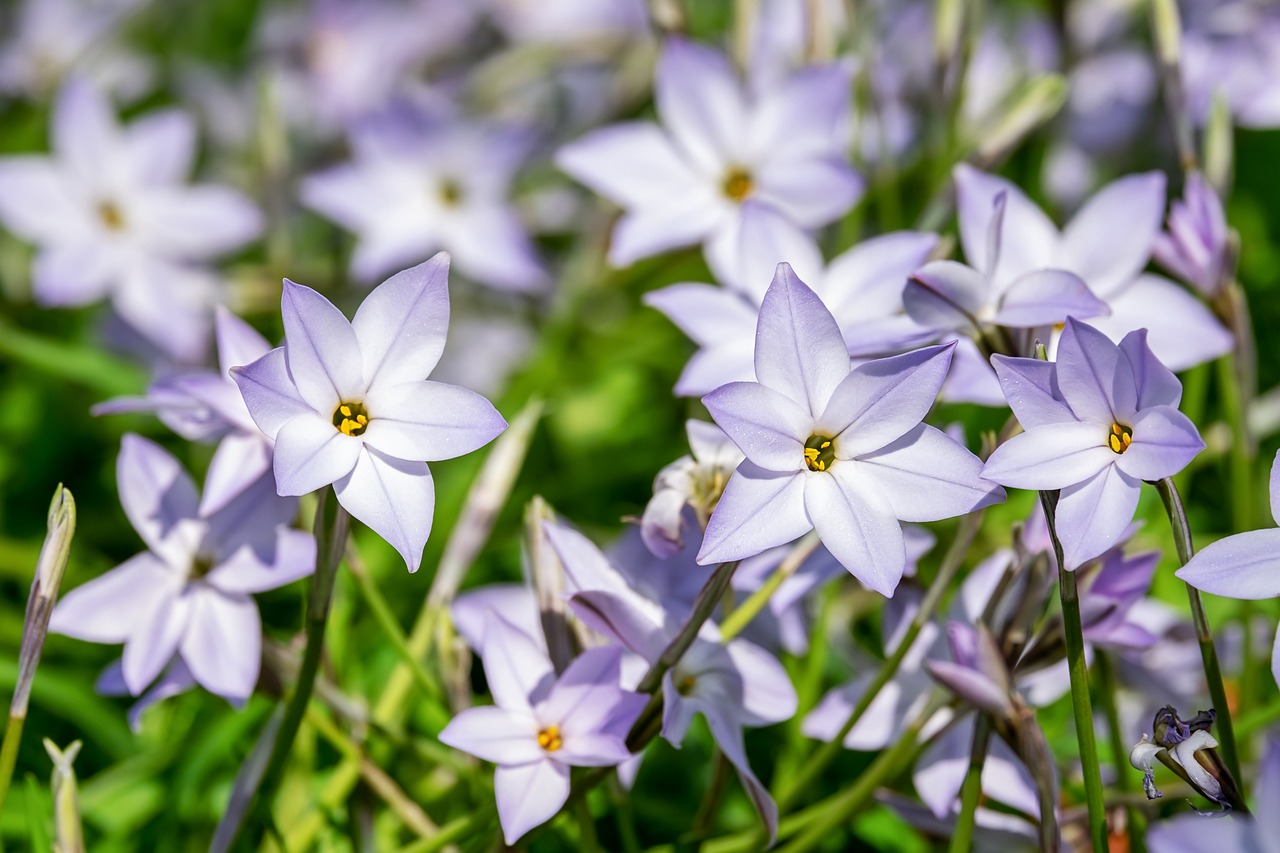
The spring starflower is a bulbous plant characterized by its delicate star-shaped blossoms and subtly fragrant leaves.
In early spring, it produces pale violet-blue or white flowers, which naturally spread across lawns, flowerbeds, and even roadsides. The leaves emit a scent reminiscent of chives, which gave the plant its Japanese name, yet it is cherished as an ornamental flower.
In this article, I will provide detailed information on the spring starflower, including its basic characteristics, cultural history, and cultivation methods.
Basic Information
- Scientific name: Ipheion uniflorum
- Family: Amaryllidaceae
- Origin: South America (Argentina, Uruguay)
- Appearance: From slender leaves, a flower stalk rises to bear a star-shaped bloom approximately 3 cm in diameter. The flower color ranges from violet-blue to white or pale pink. As a bulbous perennial, it produces leaves in winter, blooms in spring, and enters dormancy in early summer.
- Blooming season: March – May
Cultural Significance Worldwide
The spring starflower is widely appreciated in Europe and North America, especially in naturalistic gardens and rock gardens.
When grown in clusters, it lends a soft impression to flowerbeds, and it is frequently used as part of natural landscapes in parks and gardens.
In England and France, it has been adopted in low-maintenance garden design, with its blossoms scattered among lawns serving as a symbol of spring’s arrival.
In Japan, it was introduced during the Meiji era and has since naturalized in many areas. It is now regarded as a familiar spring flower, often seen along roadsides and in parks, blending naturally into everyday scenery.
Historical Background
The spring starflower was brought from South America to Europe in the late 19th century and later spread to various regions, including Japan.
Initially cultivated as a display plant in botanical gardens and greenhouses, it was eventually recognized for its hardiness and vigorous propagation, becoming established as a garden flower.
In Japan, it arrived in the early Meiji period. Originally planted as an ornamental species, it spread naturally and can now be found in semi-wild conditions. Its long history as a naturalized plant makes it a familiar sight in rural landscapes and residential areas each spring.
Gardening Advice
The spring starflower is a low-maintenance bulb suitable even for beginners. Below are key points for successful cultivation:
Sunlight
Prefers sunny locations. It can grow in partial shade, but full sun enhances flowering.
Watering
Little watering is needed when planted in the ground. For pots, water lightly when the soil surface dries. Avoid overwatering to prevent bulb rot.
Soil
Prefers well-drained soil. Improve heavy soil with compost or sand. Tolerates both acidic and alkaline conditions.
Fertilizer
A small amount of slow-release fertilizer at planting is sufficient. During flowering, diluted liquid fertilizer may be applied.
Division
When bulbs become overcrowded, flowering may decline. Lift and divide them during the dormant period every few years.
Hardiness
Cold-tolerant and capable of overwintering outdoors across Japan, even in frosty areas.
Conclusion
The spring starflower is a charming bulb that heralds the arrival of spring with its delicate violet-blue or white star-shaped blossoms.
Introduced to Europe in the 19th century and to Japan during the Meiji era, it has since naturalized and become a familiar presence nationwide.
Thriving in sunny, well-drained locations, it returns each year, adding a natural touch to gardens, parks, and everyday landscapes.

